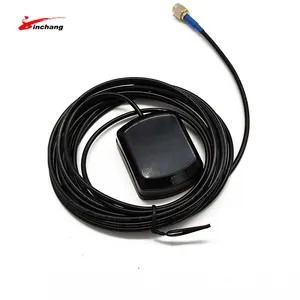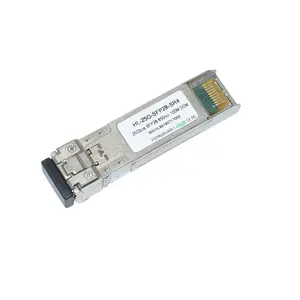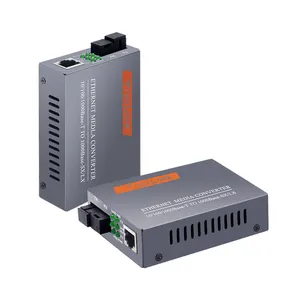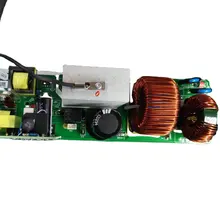Understanding RF Transceivers
Radio Frequency (RF) transceivers are integral components in the realm of wireless communication, serving as both transmitters and receivers for radio signals. These devices are pivotal in facilitating a myriad of wireless communications, from simple data transfer to complex broadcasting systems.
Types and Applications
RF transceivers come in various forms, including RF transceiver modules and modems, each designed to cater to specific applications. They are employed in diverse sectors such as telecommunications, data processing, and in the burgeoning field of IoT (Internet of Things), where they enable devices to communicate wirelessly.
Features and Materials
The construction of RF transceivers involves a range of materials, each selected for its properties conducive to radio frequency transmission. These materials work in unison to ensure the transceiver's functionality, durability, and efficiency. Features of these devices often include support for multiple frequency bands, low power consumption, and advanced modulation techniques to enhance signal integrity.
Advantages of RF Transceivers
The use of RF transceiver modules in wireless systems offers several advantages, such as flexibility in deployment and the ability to operate over long distances without the need for physical connections. Their compact size and integration capabilities make them suitable for a wide array of wireless applications.
Selection Considerations
When selecting an RF transceiver, considerations such as frequency range, power output, and sensitivity are paramount. It is essential to match the transceiver's specifications with the intended application to ensure optimal performance. Additionally, the choice of an RF transceiver module should be informed by the regulatory standards pertinent to the device's operational region.
Integration and Compatibility
Integrating an RF transceiver into a system requires attention to compatibility with other RF components, such as antennas and amplifiers. Ensuring that all components are compatible is crucial for the overall performance and reliability of the wireless communication system.











































 浙公网安备 33010002000092号
浙公网安备 33010002000092号 浙B2-20120091-4
浙B2-20120091-4